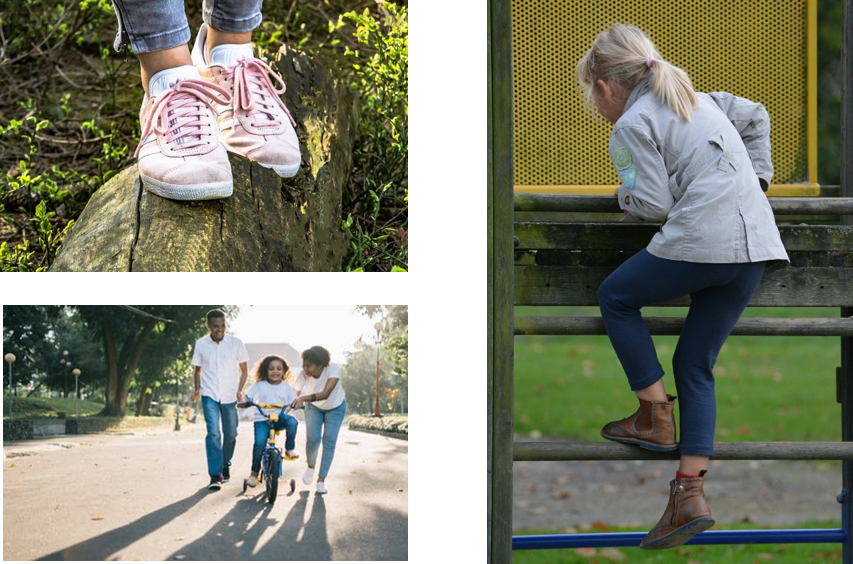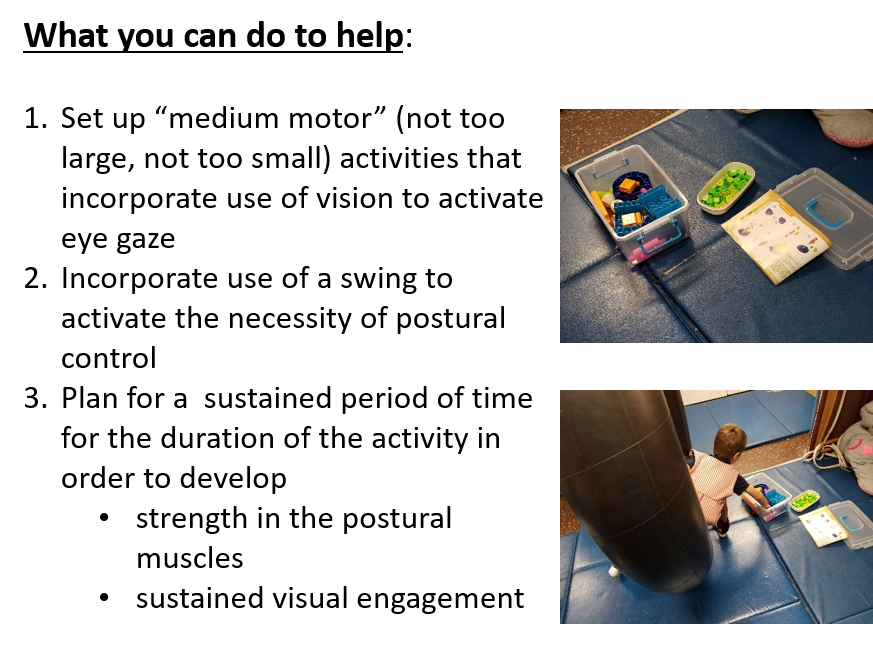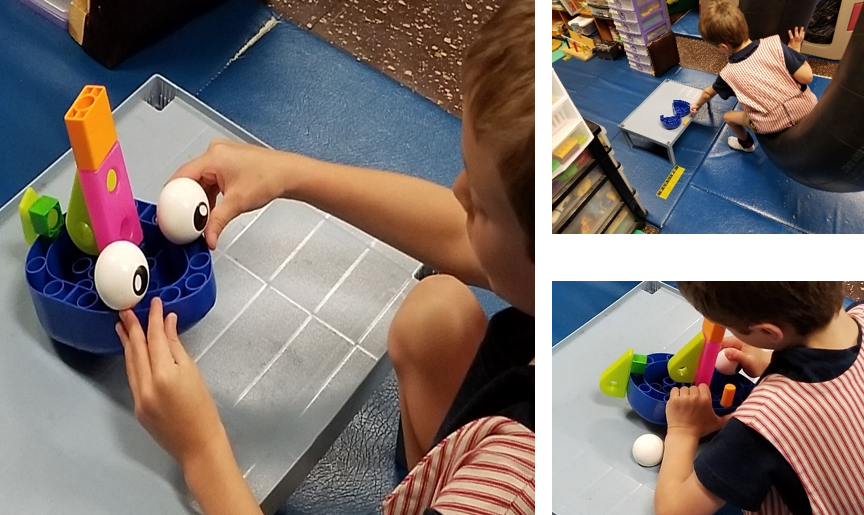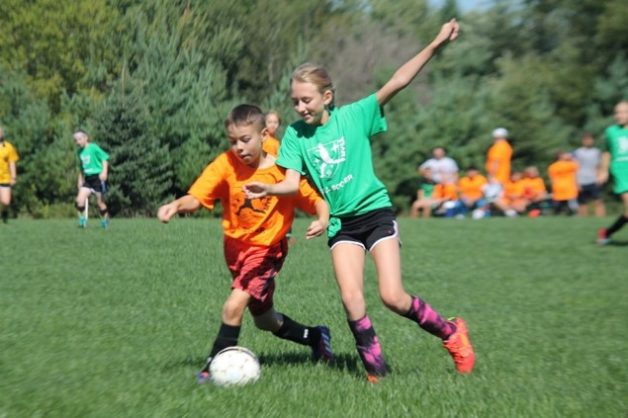As a sensory modality, vision tends to guide many of our motor moves. Vision is designed to work with balance, control of posture, language, motor skills and intellectual development.
For example, a baby learns early on how to use vision for guiding muscles of the neck and mouth toward a nipple for food and comfort. Later on, the infant will learn how to use vision to guide hands toward a toy.

When laying on their tummy, infants will typically arch their backs and lift up their heads in order to reach out with their arms and engage a toy. We also see these patterns when young children sit. These motor moves show emerging patterns of learning about how back and neck extension work together with arm extension for control of posture. The motive to move emerges from vision – a desire to explore the environment and acquire a toy.

This youngster is moving his neck into extension, holding his head and arm up to reach for an object of visual attention.

This youngster is moving his neck forward into flexion, holding his head and arm forward to reach for an object of visual attention.
Children with SPD who have who have difficulty initiating these types of motor moves often lose the precious early months of learning in terms of how to carry out motor moves needed for success with control of posture and hand function. Ultimately, learning about how to incorporate vision with posture is needed for success in many daily living activities.
- Dressing (i.e. balancing with neck flexion while positioning the hands to step into pants, flexing the neck to position hands for buttoning buttons)
- Walking (i.e. extending the neck to hold up the head to view the surroundings for environmental hazards while walking, extending the legs to step up over curbs, flexing the neck and legs to walk up steps, etc.)
- Handwriting or keyboarding (i.e. holding the neck and upper back steady so that the eyes can guide muscles of the hands)
- Group sports activities





Comments are closed.